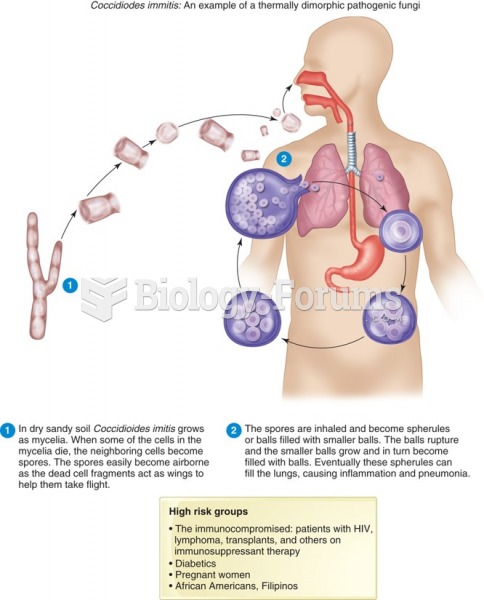What is in vivo desensitization?
a. Imaginal experience actually happens in real life; in vivo in the clients imagination.
b. These terms are not used in the systematic desensitization model.
c. Imaginal problems are fears of imaginary things while in vivo fears are fears where the stressor is real but the client is overreacting.
d. The intervention actually happens in the clients life; in imaginal interventions the client imagines the situation in the counselors office.
e. In vivo problems are fears of imaginary things while imaginal fears are fears where the stressor is real but the client is overreacting.
Question 2
When using systematic desensitization, how does a counselor prepare the client for the process?
a. The client draws up a list of anxiety causing events from most to least provoking and imagines the people involved with each event.
b. The counselor helps the client get into the state of anxiety that is associated with the specific fear that they are going to work on and gives the client a worksheet for analyzing the problem.
c. The counselor helps the client learn progressive relaxation techniques and the client draws up a list of anxiety causing events from most to least anxiety provoking.
d. The counselor helps the client learn progressive relaxation techniques and instructs the client to use them whenever confronted with the stressor.
e. The counselor helps the client get into the state of anxiety that is associated with the specific fear that they are going to work on and then brings in a person who deals with the stressor effectively.







